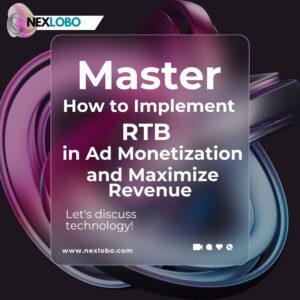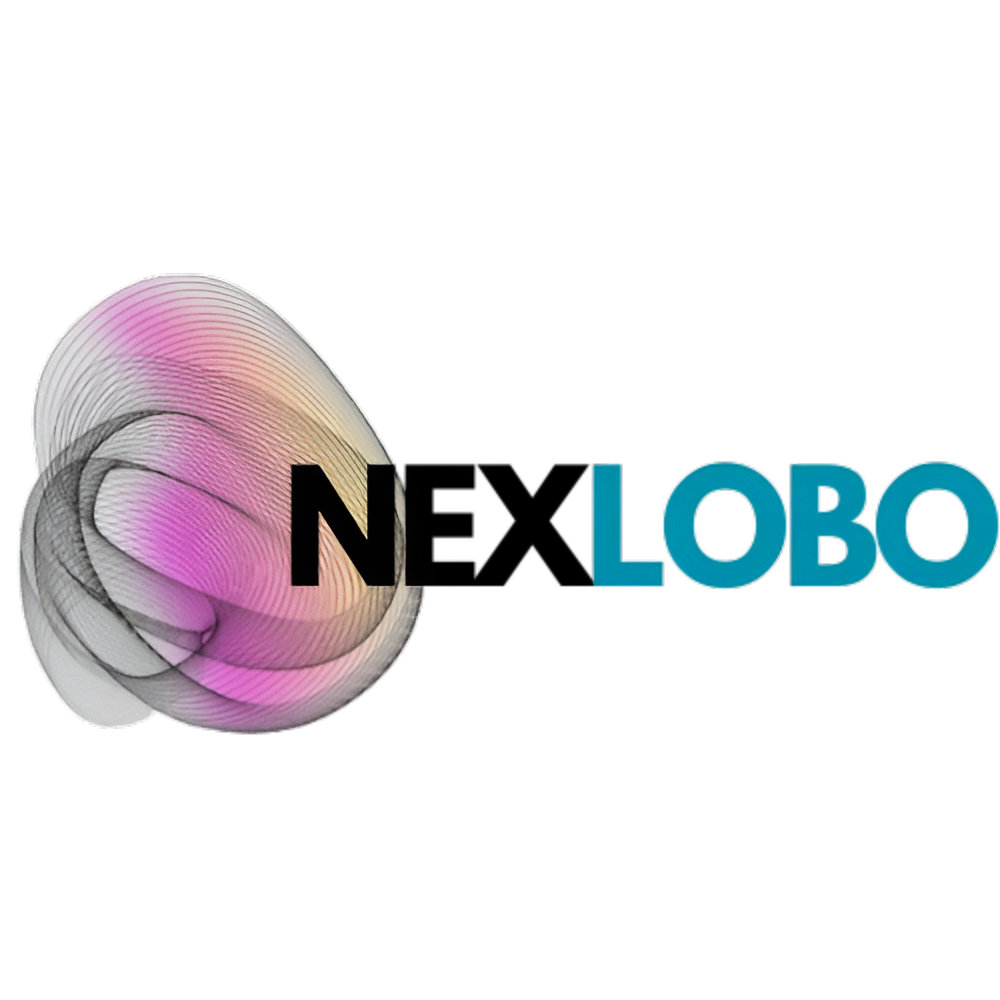Master How to Implement RTB in Ad Monetization and Maximize Revenue

Introduction: Understanding How to Implement RTB in Ad Monetization
In the ever-evolving world of digital publishing, one thing has become clear: how you implement RTB in ad monetization strategies directly influences your revenue potential. When I first started out in ad sales, traditional methods were slow, manual, and often inefficient. But after I decided to implement RTB in ad strategies, everything changed. The process became automated, and my revenue growth skyrocketed.
By implementing RTB in ad systems, publishers can automate their ad sales, optimize inventory, and streamline ad targeting. If you are still exploring programmatic advertising, check out this guide on how the best programmatic advertising software can help you maximize your revenue by implementing RTB in ad processes.
In this article, I’ll guide you through how to implement RTB in ad monetization and enhance your ad revenue by using real-time bidding (RTB) in your ad stack. To get started, check out this guide on the best programmatic advertising software for publishers looking to maximize their revenue..
How to Implement RTB in Ad Monetization with the Right SSP
The first critical step in implementing RTB in ad monetization is selecting the right SSP (Supply-Side Platform). An SSP connects publishers with multiple demand sources, allowing them to sell their ad inventory programmatically. When I first began implementing RTB in ad sales, choosing the right SSP made all the difference. After some trial and error, I found an SSP with excellent integration features and robust analytics, which helped me boost performance.
Top SSP Recommendations:
Magnite
OpenX
PubMatic
Expert Insight: Michael Johnson, a digital advertising consultant, says, “The right SSP is key when you implement RTB in ad strategies. Ensure it integrates well with your ad stack and offers transparency across your inventory.”
How to Implement RTB in Ad Monetization by Integrating with Your Ad Server
Once you’ve selected the right SSP, the next step in the process is to integrate it with your ad server. This is a crucial phase in learning how to implement RTB in ad systems, as it enables real-time auctions and optimization. When I first integrated RTB with my ad server, I was overwhelmed by the technical aspects. However, once I set up real-time bidding, I saw improvements in ad management and revenue flow.
Top Ad Servers:
Google Ad Manager
AppNexus
AdButler
Tip: The integration of RTB with your ad server automates the entire ad sales process, allowing for real-time optimization and increased revenue.
How to Implement RTB in Ad Monetization by Setting Floor Prices
Another essential step to implement RTB in ad monetization is configuring your floor prices. These are the minimum amounts you’re willing to accept for ad impressions. I made the mistake of setting my floor prices too low when I first started, trying to fill ad space quickly. But once I fine-tuned my pricing, I saw a significant boost in revenue.
Pro Tip: Experiment with floor prices to see how they affect your fill rate and revenue. It’s essential to find the optimal price that balances revenue and quality.
How to Implement RTB in Ad Monetization by Leveraging Data for Better Targeting
Data is at the heart of implementing RTB in ad strategies. RTB allows for advanced targeting based on user behavior, demographics, and interests. By implementing RTB in ad systems, publishers can ensure that the right ads reach the right users at the right time, significantly improving engagement and revenue.
Expert Insight: Samantha Lee, a programmatic advertising specialist, shares, “When you implement RTB in ad monetization, leveraging both first-party and third-party data is crucial to optimizing targeting and maximizing ad revenue.”
How to Implement RTB in Ads Through Continuous Monitoring and Optimization
Once you implement RTB in ad processes, it’s essential to regularly monitor and optimize your settings. Many publishers make the mistake of setting up RTB and forgetting about it. However, regular adjustments based on performance data are key to maintaining revenue growth.
In my experience, tweaking bid densities and prioritizing high-quality demand helped increase my eCPM (effective cost per thousand impressions), leading to a significant revenue boost.
Personal Experience: After revisiting my RTB settings and adjusting for better-quality demand, my ad revenue increased by 20% within just a few weeks.
Benefits of Implementing RTB in Your Ad Monetization Strategy
By choosing to implement RTB in ad monetization, publishers can enjoy several key benefits:
Increased Revenue: Real-time bidding ensures the best possible price for each ad impression, maximizing revenue.
Better Ad Targeting: RTB uses data to ensure that ads reach the most relevant users, improving engagement and ROI.
Efficient Ad Management: Automating ad sales through RTB saves time, allowing you to focus on content creation and strategy.
Conclusion: Maximize Your Revenue by Implementing RTB in Ads Monetization
In conclusion, learning how to implement RTB in ad monetization is one of the most effective ways to optimize your ad stack and increase revenue. By selecting the right SSP, integrating with your ad server, setting floor prices, and leveraging data for targeting, you can build a dynamic and efficient ad sales system.
The key to success lies in continuous monitoring and fine-tuning your RTB settings to maximize profitability.
If you’re not sure where to begin, I recommend checking out this article on how to choose the best programmatic advertising tools in 2025 to understand how RTB can transform your ad revenue strategy.”
This way, the links are naturally integrated into the content without interrupting the flow, while providing added value to the reader.
Ready to implement RTB in ad monetization? Start by selecting the right SSP and integrating it into your ad server. For more insights on optimizing ad monetization strategies, subscribe to our newsletter and stay up-to-date with the latest expert tips.







Leave a Reply